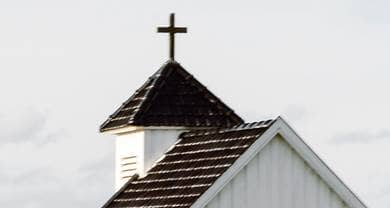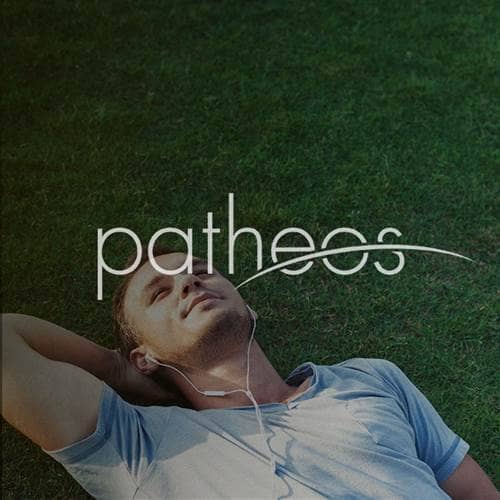- Trending:
- Forgiveness
- |
- Resurrection
- |
- Joy
- |
- Feminism
- |
- Afterlife

RELIGION LIBRARY
Methodist
Early Developments
Many of the early developments in Methodism stem from its roots as a pietist movement, a movement that emphasized the personal experience of faith as opposed to doctrine. In particular the influence of the Moravians on John Wesley shaped early Methodism to a great degree.
John and Charles Wesley intended to revitalize the faith of members of the Church of England through the use of "societies," small groups (called collegia pietatis) that met regularly for Bible study and encouragement in the life of faith and the life of service to others. John Wesley had been a member of a society dominated by Moravians in Fetter Lane in London. He began to differ with the Moravians, however, on the issue of what he saw as their "quietism," the idea that humans could do nothing whatsoever in their own process of salvation. Wesley came to believe that people played a more active role in the working out of their salvation than did the Moravians. He left Fetter Lane in 1740 and established his own society in an old armaments factory (because of which it was called "The Foundry.") This became his headquarters in London, until it was replaced by the City Road Chapel he built in 1778.
Wesley's organization, known as the "connexion," tied together the movement. Societies were subdivided into small "classes" to which each Methodist belonged. These were the main groups for Methodist fellowship and discipline. Either Wesley or one of his itinerant assistants would visit each class four times a year and examine each class member. Those in good standing would be issued a "ticket" that allowed them admission to other society functions.
These itinerant assistants and preachers, usually lay people rather than clergy, had a regular route of visitation, called a "circuit." In 1744 Wesley gathered together his assistants and lay preachers into the first "conference." This eventually became an annual meeting, presided over by Wesley, of all his itinerant preachers. Though all the regular itinerants were men, there were unusual opportunities for women to take leadership roles. Women were class leaders, ran schools and orphanages, and in unusual circumstances preached and even rode a circuit.
Because Methodism was intended not as a replacement for but as a tool of regeneration for the Church of England, Wesley required Methodists to attend their local parishes. His lay preachers were not allowed to administer the sacraments. From 1752 onward he required his preachers to sign an agreement not to leave the communion of the Church of England. When Wesley died in 1791, under the terms of a "deed poll" Wesley had created, official leadership of Methodism passed to the Conference. Not until 1893 did the word "church" appear on the class tickets issued to each member of a Methodist society. English Methodists developed a Presbyterian form of governance, rather than the Episcopal (making use of bishops) form developing in America.
In America, because of resentment against the Church of England arising during the Revolutionary War, and because most Anglican priests left what became the United States for England or Canada, Wesley allowed the formation of a new denomination. In 1784 he ordained named Thomas Coke as "superintendent" of the new denomination, with the authority to ordain ministers capable of administering the sacraments as well as preaching. Coke shared this authority with Francis Asbury on his arrival in America. Shortly thereafter Americans began calling their superintendents "bishops," which angered Wesley greatly.
Study Questions:
1. What can be said about Wesley’s “methods” and their role in a community?
2. What is meant by “connexion”? How is it elaborated through circuits?
3. Why did Wesley stress that the sacraments were to be continued through the Church of England?
4. How did political instability help Methodism to catch on in America?










